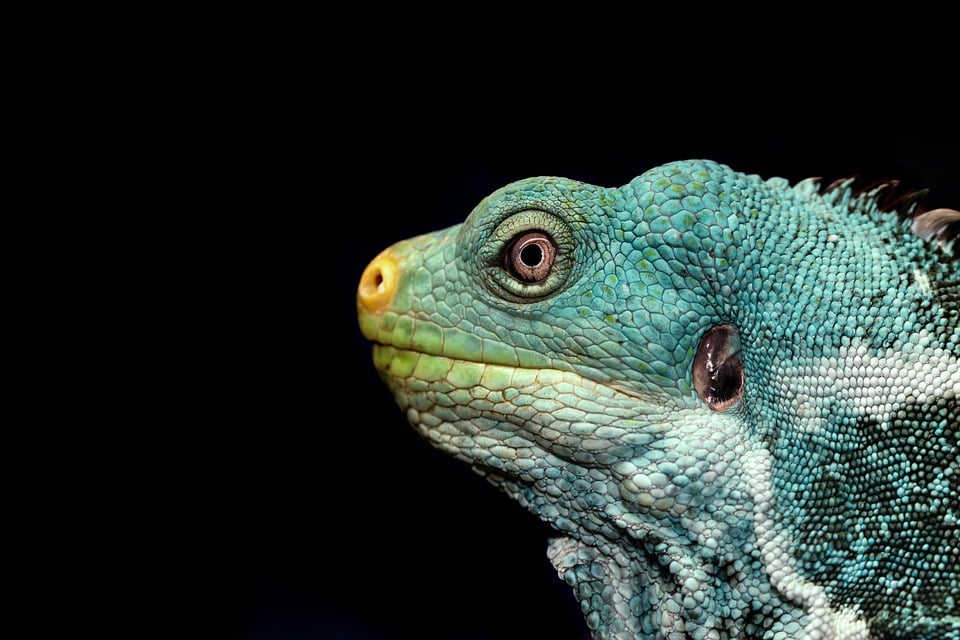The Curiosity Gap: How Inquiring Minds Can Bridge the Knowledge Divide
In today’s increasingly complex and interconnected world, it’s easier than ever to access a vast array of information on just about any topic. And yet, despite this explosion of knowledge, many people still struggle to connect with each other across cultural, socio-economic, and educational divides. At the heart of this knowledge gap is the "curiosity gap" – a psychological phenomenon that separates those who are curious and motivated to learn from those who are not.
The curiosity gap is rooted in the fundamental human desire to explore, understand, and make sense of the world around us. When we encounter something that puzzles us or sparks our interest, we feel a sudden urge to learn more – this is the essence of curiosity. Research has shown that curious individuals tend to have better problem-solving skills, improved creativity, and a greater ability to form connections with others.
So, why does this gap exist in the first place? The answer lies in a combination of factors, including:
- Divergent learning experiences: We’ve all had our own unique experiences growing up, shaped by our family backgrounds, socio-economic status, and educational institutions. This can lead to a lack of common understanding and shared knowledge.
- Digital literacy: Not everyone has the same level of comfort with technology or access to reliable information online.
- Fear of judgment or shame: Some individuals may avoid learning new things due to fear of being seen as ignorant or inadequate.
The good news is that the curiosity gap is not a fixed or insurmountable obstacle. By fostering a culture of inquiry and openness, we can bridge this gap and empower people to connect with each other and with knowledge. Here are some strategies to promote a curiosity-driven approach:
- Emphasize inquiry over expertise: Rather than assuming we already know it all, encourage individuals to ask questions, explore, and seek out diverse perspectives.
- Make learning accessible: Ensure that educational resources are available to all, regardless of background or socioeconomic status. Online courses, podcasts, and community events can be great equalizers.
- Encourage storytelling and vulnerability: Share personal anecdotes and experiences, which can help break down barriers and build connections with others.
- Cultivate a growth mindset: Focus on the process of learning rather than the destination. Celebrate progress, and recognize that mistakes are an inevitable part of the learning journey.
- Foster a culture of open-ended questions: Encourage exploration and discussion by framing questions in a way that invites curiosity, such as "What do you think about…", "Can you tell me more about…", or "I’m not sure I understand…"
To bridge the knowledge divide and empower a curious society, we must prioritize lifelong learning and promote a culture of inquiry. By embracing our shared humanity and willingness to learn from each other, we can foster deeper connections, spark meaningful conversations, and create a more informed, engaged, and compassionate world.
In the words of Mark Twain, "The man who does not read has no advantage over the man who cannot read." Today, we have the opportunity to empower anyone to become a curious learner, regardless of their background or circumstances. Let us seize this chance to bridge the curiosity gap and build a brighter, more connected future.


